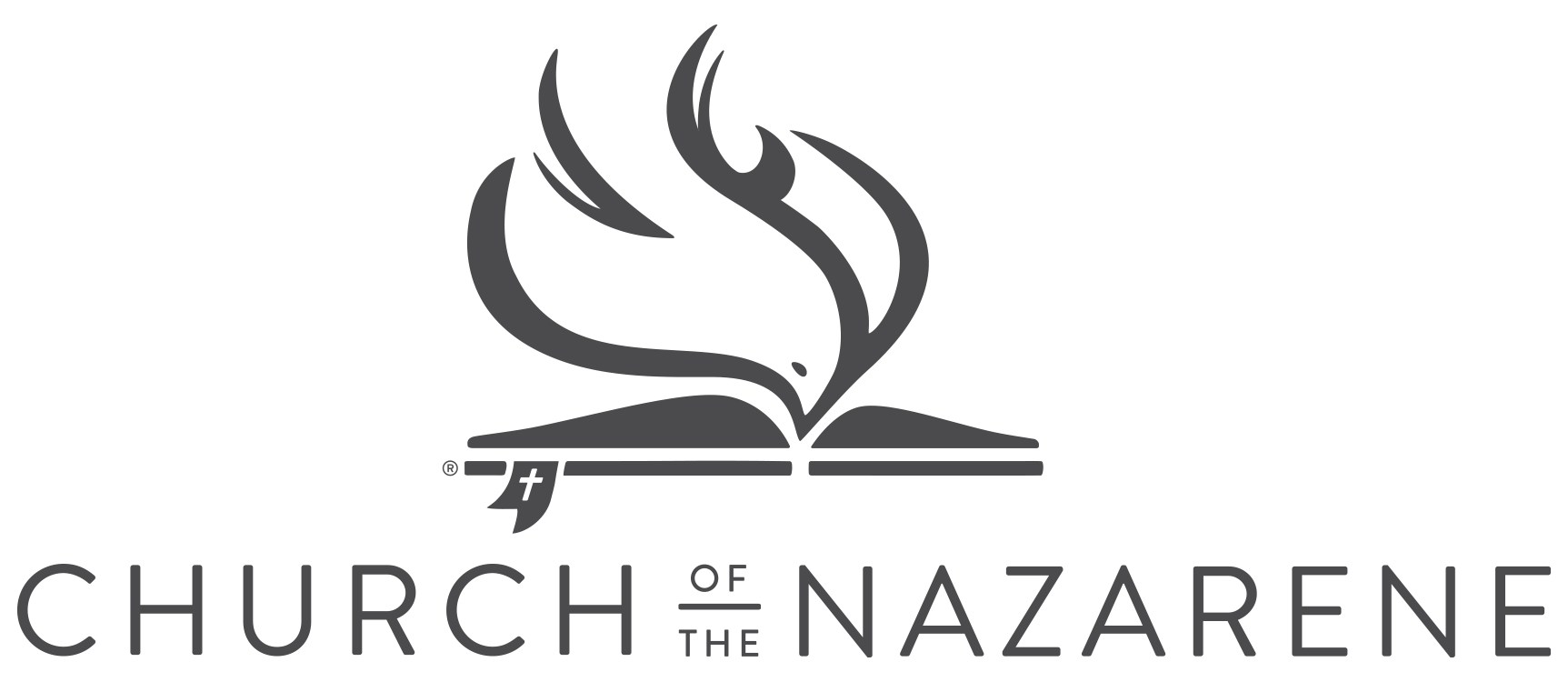WHDL - 00012503
 Visit the home page
Visit the home page
About Site Language
WHDL is viewable in multiple languages. Use the pull-down menu to select a language to view the site.
I changed my language, but I’m still seeing resources in the other languages?
If a resource or text has not been translated into your selected language, it will appear in the initially added language. We are always looking for help translating these resources. If you can help, contact us!
WHDL - 00012503


click to copy
Weisbrot, R (2018). “How Do You Solve a Problem Like Maria?” An Examination of Martin Luther’s Views on the Virgin Mary .
Weisbrot, Roland“How Do You Solve a Problem Like Maria?” An Examination of Martin Luther’s Views on the Virgin Mary . , 2018
Weisbrot, Roland“How Do You Solve a Problem Like Maria?” An Examination of Martin Luther’s Views on the Virgin Mary . , 2018
Weisbrot, Roland“How Do You Solve a Problem Like Maria?” An Examination of Martin Luther’s Views on the Virgin Mary . , 2018
A person who finds themselves in a contemporary mainline or evangelical Protestant church will be hard-pressed to hear much about the Virgin Mary other than, as her title implies, she was a virgin, and that she was the mother of Jesus Christ. Both things are true and important in and of themselves for Christian doctrine and theology, but they are also very cursory statements in nature and do not really address the vital and dominant role Mary has played in Christian history and spirituality, even among the Reformers. As one scholar expounds on the importance of Mary in piety and culture in Christianity: ‘“the Virgin had acted as the greatest force the Western world ever felt, and had drawn man’s activities to herself more strongly than any other power, natural or supernatural, had ever done.”’1 Given her traditional stature in the Church, Mary is just too important of a character to ignore or relegate to the realm of unimportance. As Luther wittingly points out, partially reflecting contemporary Protestant thought, “I am to accept the child and his birth and forget the mother, as far as this is possible, although her part cannot be forgotten, for where there is a birth there must also be a mother.”
1760
1827
2006
1862
1904
1884
1906
n.d.
n.d.
1860
1906
1895
n.d.
1989
1899
1890
1906